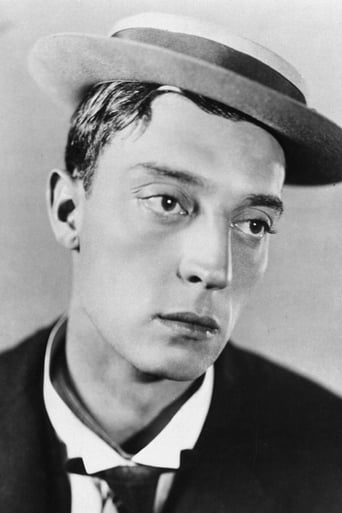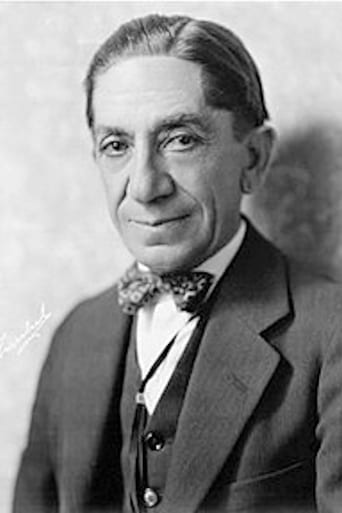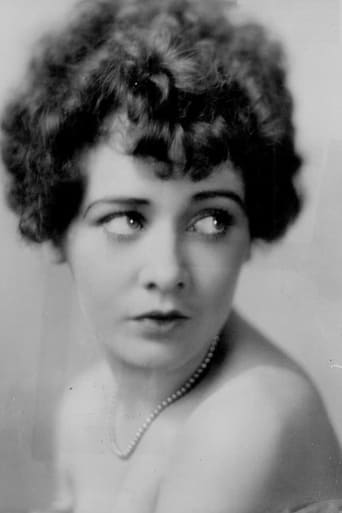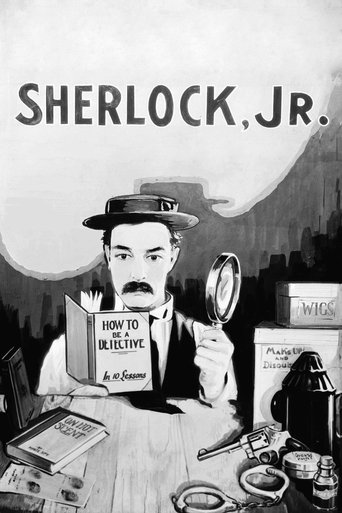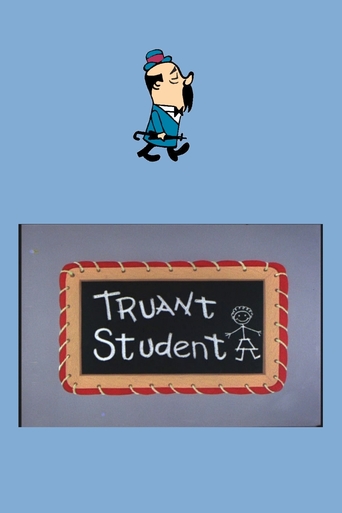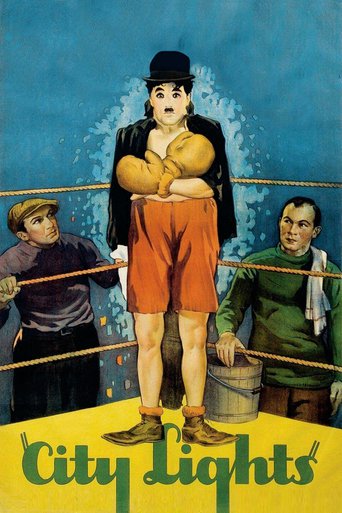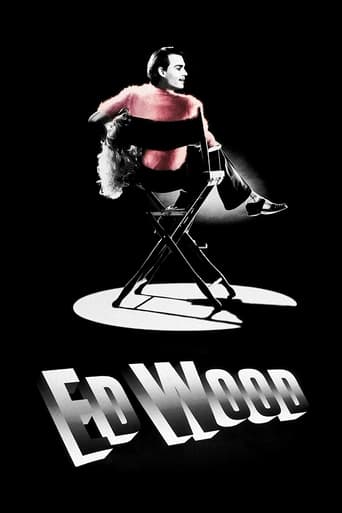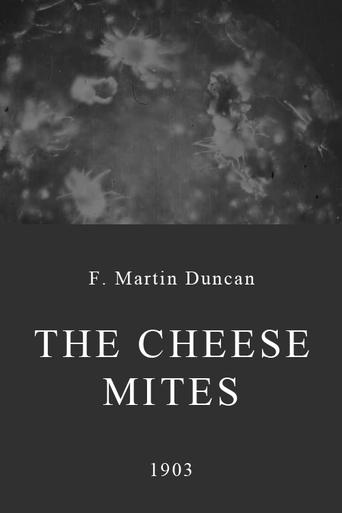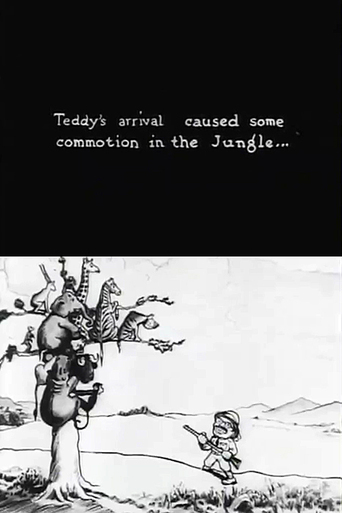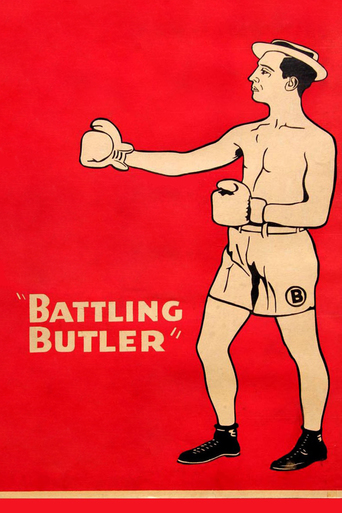
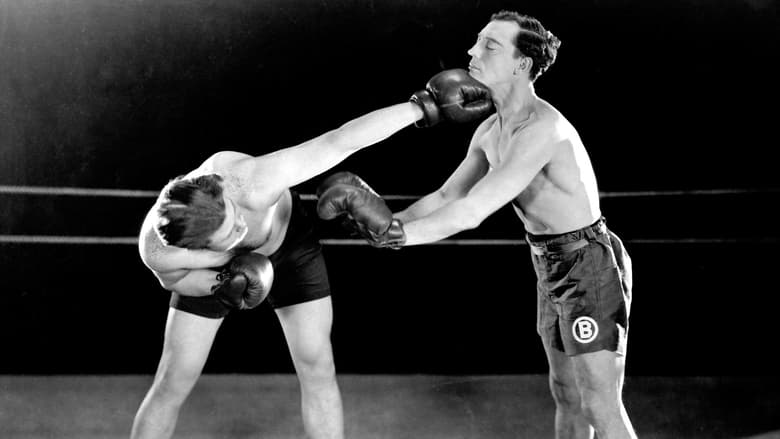
Battling Butler (1926)
A meek millionaire masquerades as a boxing star to win a girl's heart.
Watch Trailer
Cast
Similar titles
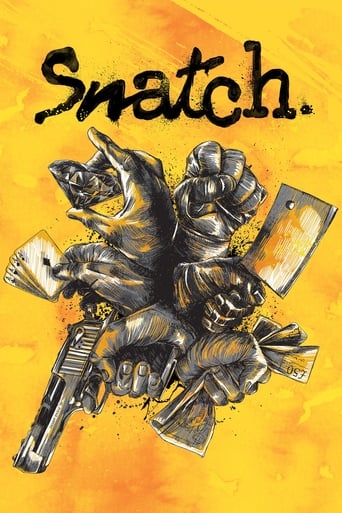
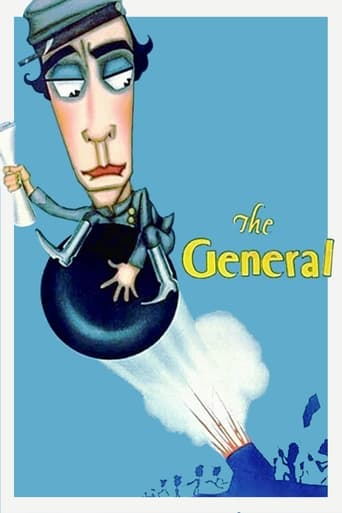
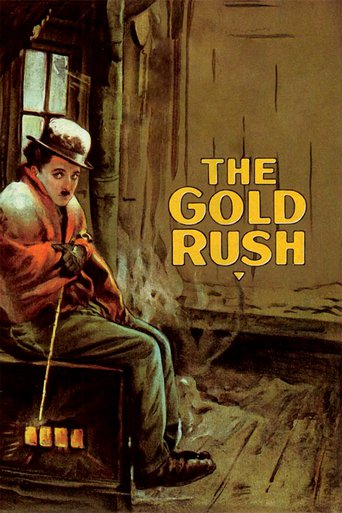
Reviews
Such a frustrating disappointment
Simply Perfect
Pretty Good
Highly Overrated But Still Good
Battling Butler (1926) is not Buster Keaton's highest achievement by any means, but it is a fun, lightweight little movie. It's not filled with belly laughs, but great character development, a handsome and shirtless Buster Keaton, and a sweet romantic subplot all compensate.Of note is Keaton's leading lady, Sally O'Neil, who defies the stereotype of the incompetent Keaton love interest. She's spunky, sweet, and able to take care of herself, certainly more so than her beloved.The final fight where Buster lashes out in rage is bizarre, a jolt from the sleepy-eyed look he has throughout the film. He's so ferocious that it almost feels uncharacteristic of Keaton's established screen persona.Overall, worth a watch if you crave some light entertainment.
It's curious that Buster Keaton, whose training was in a knockabout vaudeville act and slapstick comedy shorts, was so good at playing pampered, effete young millionaires. He just happened to be one of nature's aristocrats. Buster appreciated the comic possibilities of this characterstarting out so helpless allowed plenty of room for dramatic development--and the role also suited his innate gentleness and quiet dignity. Buster played wealthy idlers in several of his movies, including The Navigator, but he was never more placidly twitty than in Battling Butler. For the first half of the movie he looks like a 1920s fashion plate, exquisitely groomed, demonstrating What the Well-Dressed Man Will Wear for hunting, fishing, etc. He is Alfred Butler, whose tycoon father, annoyed by his son's languid existence, sends him an a camping expedition to toughen him up. In the mountains, he sleeps in a vast tent complete with bed, wardrobe and tiger rug; his faithful valet lays out his clothes, draws his bath, and serves his meals on silver dishes. This is my idea of roughing it! While attempting to hunt (obliviously missing every animal in the forest) and fish (capsizing his boat in pursuit of a bobbing duck), Alfred encounters a pretty "mountain girl" (Sally O'Neil.) They fall in love, but her family won't accept this sissy as an in-law until Alfred's valet tells them that his employer is actually Alfred "Battling" Butler, a boxer contending for the lightweight title.Alfred goes along with the ruse for the sake of the girl. Then he encounters the real "Battling" Butler, and after a misunderstanding involving the boxer's wife, "Battling" tells Alfred that HE can fight the title bout with the "Alabama Murderer"or he'll blow his cover. The rest of the film follows Alfred's difficulties as the trainers try to turn the playboy into a fighter. Along with the athletic sequences in his later movie College, these scenes offer the most sustained focus on Buster's extraordinary physique and what he could do with it.With his small stature, Buster could convincingly portray a milquetoast as long as he kept his clothes on, but once he strips down to boxing shorts it's all too obvious how exceptionally fit he was. In the opening shot of the training sequence, he's obviously supposed to look puny and defenseless; instead he looks like he could easily be a boxer. Despite his sculpted body, Buster plays these scenes with a realism that renders them almost painful to watch. He reacts the way any normal, soft-bellied human being would to being mercilessly pummeled. He shows hurt and exhaustion, and displays his own nearly limitless endurance of both. Buster had, it must be said, an unhealthy capacity to take punishment. It wasn't masochism, just that his pride in his physical abilities and the authenticity of his stuntwork outweighed any concern for his own well-being. He must have been used to pain: as the star of an act renowned as the roughest in vaudeville, he'd been "taking it like a man" ever since he was a toddler.At the end of the movie, "Battling" attacks Alfred viciously, and finally Alfred retaliates and beats the boxer unconscious. Many people dislike this fight, feeling it's uncharacteristic for Buster to triumph through brute force, sheer slugging, rather than ingenuity or pluck. The fight was Keaton's own addition to the play that was the source for the movie. The original ending simply let Alfred off the hook without having to fight, which Buster felt was dramatically unsatisfying. Pushed too far, humiliated too deeply, his meek character finally responds with fury and violence. It is uncharacteristic, but maybe he liked it for just that reason. Off-screen, Buster had a troubling passivity, especially in his unhappy married life, and he must have enjoyed playing a character who effectively fights back.Still, I prefer the first half of the movie, with its gentle pace, low-key jokes and elegant touches. Alfred's valet is played by Snitz Edwards, a tiny actor (he makes Buster look imposing) with a goblin face and a delicate performing style. Cute as a button, Sally O'Neil makes one of Buster's most effective leading ladies. In a sweet image typical of Keaton's sophisticated film-making style, when Alfred parts from his wife, as he drives away her face remains framed, like a cameo, in the oval window at the back of the car.Battling Butler was one of Keaton's most successful movies when it was released. Like Seven Chances and College, it lacks the otherworldly originality of his best work, but I've always liked it better than the other two and considered it a handsome, mature and underrated work. Lacking any large-scale set-pieces, this film rests almost entirely on Buster's performance. "Do you think you could learn to love me?" he asks Sally O'Neil. She replies, as I would: "I have."
The first 30 minutes of this Buster Keaton film are some of the stupidest he ever made, at least from what I've seen. I don't blame him; this is the film world where even since this period - around 1920 - marriage is always trivialized and people are always lying. Why was that so frequent in classic movies, in particular? It's disgusting. Here Alfred "Battling" Butler, a spoiled rich young man - in order to keep his girl - lies about being the lightweight boxing champion of the world, because that guy, who has the same name as him, is a hero and he wants to impress her and her big brother and big father. He wants to marry her right away because she's pretty and she consents as soon as she hears he's a big shot. Boy, those are great reasons for marriage!After the quickie marriage, Buster heads off for training camp for his supposed title defense against the "Alabama Murderer." Later, the real "Battling Butler," to do the impostor a favor and save his marriage, lets him be the real thing and fight while he retires.The training - and the first real laugh of the film - isn't until 47-minute mark when Buster begins training and can't get over the ropes. He is helpless outside and inside the ring as it turns out.The training escalates as Buster begins roadwork the next day.....but he isn't up to training or fighting or any of this. Fortunately, a big twist occurs late in the movie which saves Buster from going into the ring, although the little man does save his honor after he fights the real "Battling Butler."I would agree with the critics on this one: it's far from Buster's best work.
I was a bit disappointed with this movie, especially since it's billed as his most successful at the box office. Some of the gags are very good and it's always interesting to watch Buster in action, but the plot centered around his posing as a legitimate boxer was not very captivating and the resolution was not satisfying. Keaton's movies always have fantastic endings, so this was the exception to the rule. Only Keaton fanatics need to see this one. He made another movie in 1926. It was called, oh gee, what was it again?.... Oh yeah! The General! That's the one to see. In addition, the two shorts included in this set - The Haunted House and The Frozen North - are also unremarkable. Again, only for Keaton fanatics.
